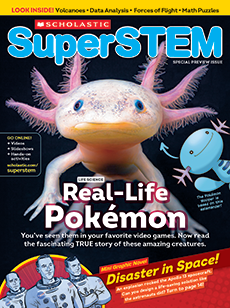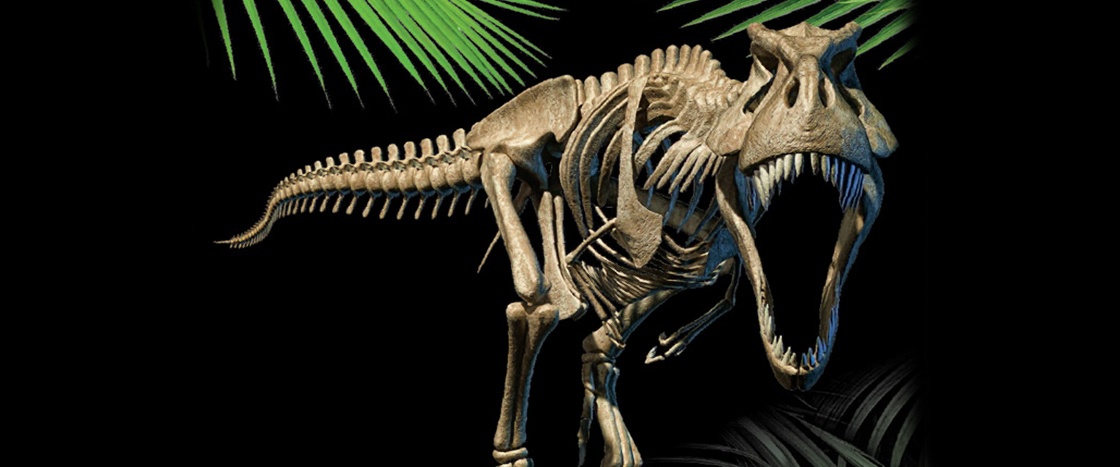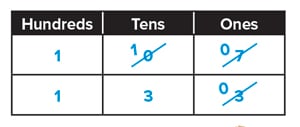Tyrannosaurus rex was believed to be the only dinosaur species of its kind. But recently, a group of scientists suggested that this dino (whose name means “tyrant lizard king”) was actually three separate species.
The scientists studied differences in the size and shape of fossilized T. rex bones and teeth. Their findings, the researchers say, suggest the animal we know as T. rex should include the original species plus two more—T. imperator, which means “emperor,” and T. regina, which means “queen.”
Tyrannosaurus rex was believed to be the only dinosaur species of its kind. Its name means “tyrant lizard king”! But recently, a group of scientists suggested that this dinosaur was actually three separate species.
The scientists studied differences in the size and shape of fossilized T. rex bones and teeth. The researchers think the animal we know as T. rex should include the original species plus two more. Those two other species would be T. imperator and T. regina. The word imperator means “emperor.” The word regina means “queen.”





